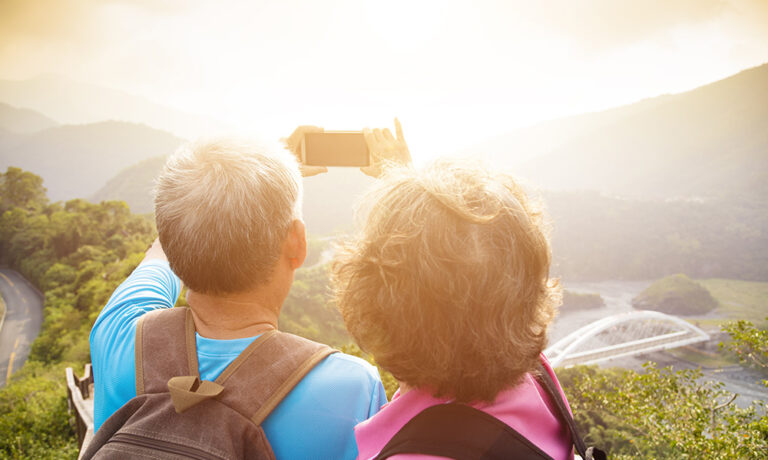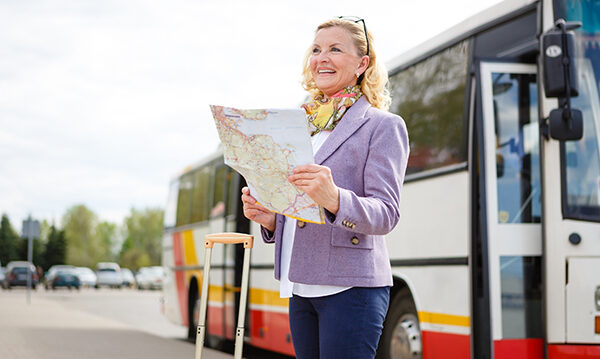4 Tips For Making Friends When Traveling Solo
Traveling solo can seem a bit daunting or lonely, but it does not have to be! Making friends when traveling solo just requires a little bit of effort – and sometimes a willingness to try something new. It serves even the most introverted person well to get out of the box once in a while.…





